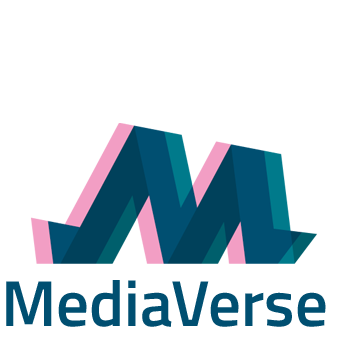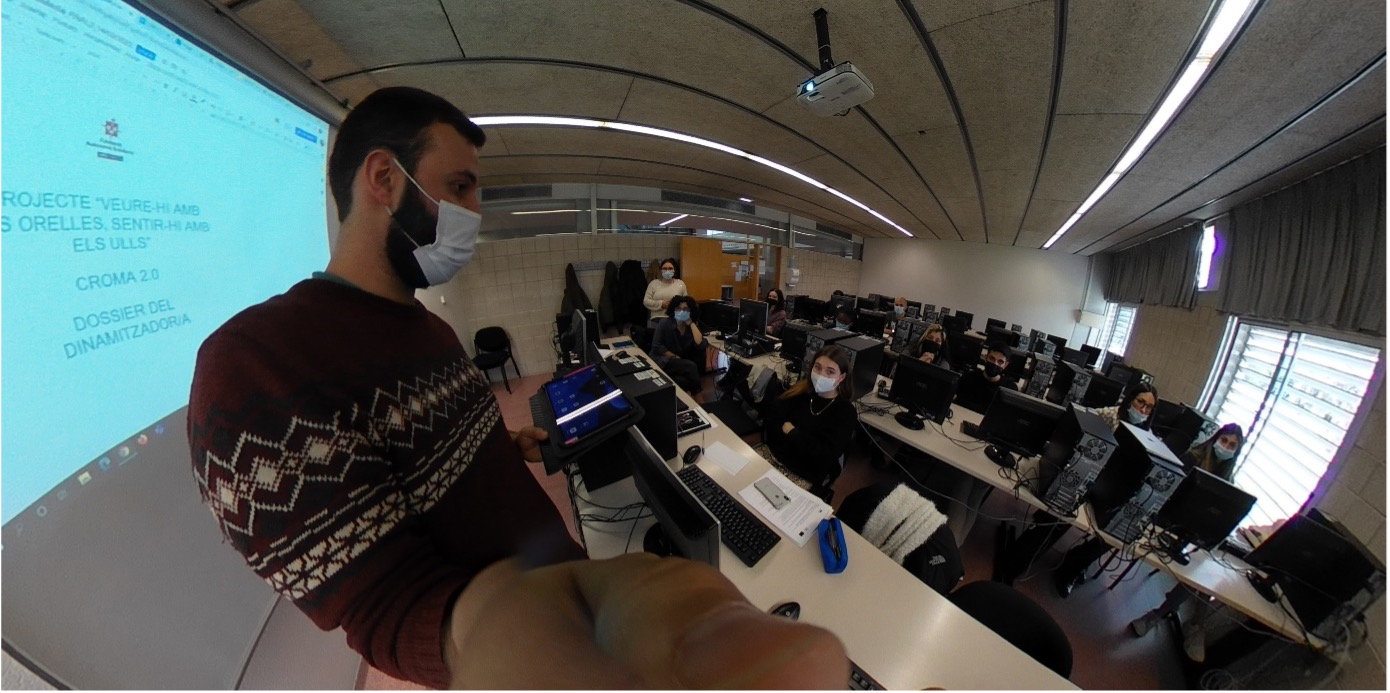Use Case 2: Pilot 1
“Seeing with our Ears, hearing with our Eyes:
Co-creating accessible 360° Experiences with School Children”
To help children with learning difficulties who live in situations of socio-economic vulnerability to overcome these and to regain interest in school and learning, the CROMA program was created. The children who participate are 10-12 years old and come from 20 public schools in the area surrounding UAB (Universitat Autònoma de Barcelona). They meet once or twice a week for workshops and take part in various activities proposed by researchers at UAB and evaluated by the CROMA program.
Behind CROMA stands the Fundació Autònoma Solidària (FAS) of UAB. The FAS creates social-action and awareness-raising projects, aiming to, among other things, foster equality of opportunities among children and students.
Between February and May 2022, MediaVerse partner UAB suggested a project to CROMA called “Seeing with our ears, hearing with our eyes” (or in Catalan: “Veure-hi amb les orelles, sentir-hi amb els ulls”). In cooperation with the children, the goal was to find solutions for making audiovisual content accessible by co-creating corresponding 360° videos with MediaVerse tools.
UAB’s MediaVerse team, Transmedia Catalonia, trained CROMA’s facilitators/trainers in using the MediaVerse platform prototype by encouraging them to create accounts, browse the site, upload, license, and publish footage. Moreover, UAB instructed CROMA’s facilitators in the use of 360° cameras, VR goggles, and the XR authoring tool FADER. On that basis, the CROMA facilitators were able to teach the children how to use the same technology for their projects.
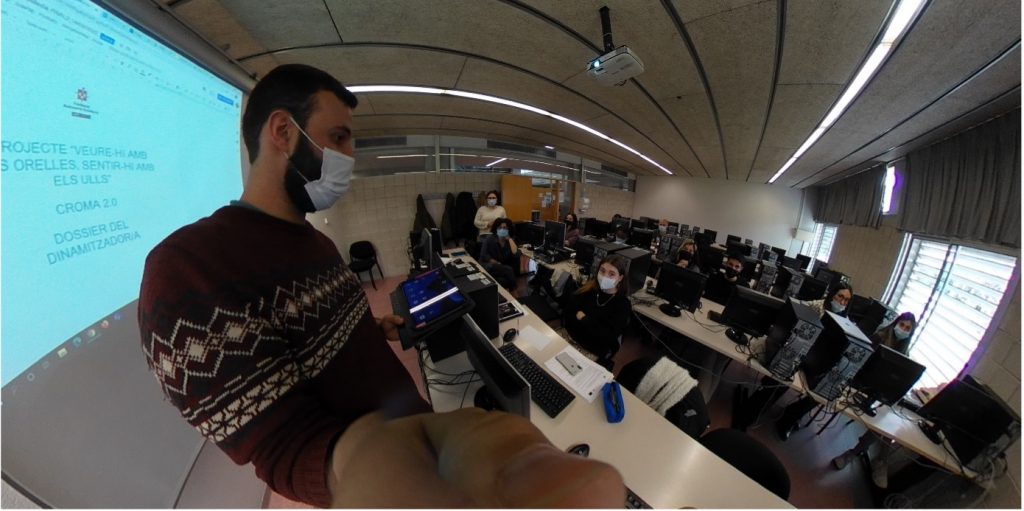
With access to MediaVerse technology, the children could film with 360° cameras in their schools and edit the footage into a final 360° multimedia environment, designed to be inclusive for people with vision or hearing impairments. By co-creating these videos, the children learned about different accessibility services and became more aware of their importance.
Other activities, designed to help children become more understanding for people with cognitive disabilities and/or aware of the importance of inclusivity and accessibility, included guessing food by its smell, touching objects and then guessing what they were, guessing sounds, or learning about sign language. In another case, a short video of a blind person was shown to the children. That person told them he was very interested in the videos they were producing but would not be able to see them which in turn triggered the process of creating audio description for their 360° videos.
You can learn more about the project and its participants, researchers, facilitators and children, as well as their experiences in this video.
As a result of the project “Seeing with our ears, hearing with our eyes”, a variety of 360° interactive videos was co-created by children from eight different schools and CROMA facilitators. In the end, children of each school unit presented their work in front of the children of the other schools, CROMA facilitators, and UAB researchers.
Final Videos:
- School “El Turó”
- School “El Viver”
- School “Josep Ventalló”
- School “Ramón y Cajal”
- The final videos from four other schools cannot be shared because the image rights were not granted by some of the students.
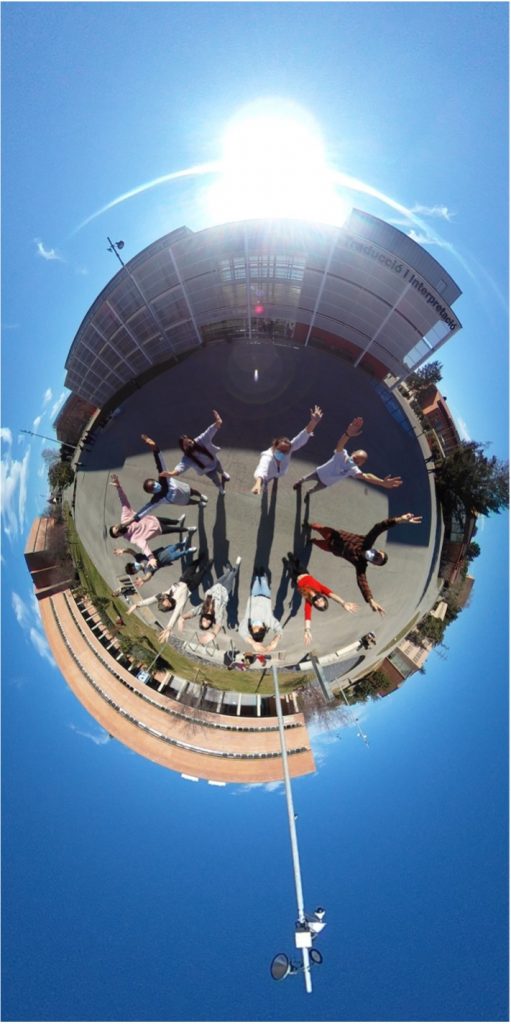
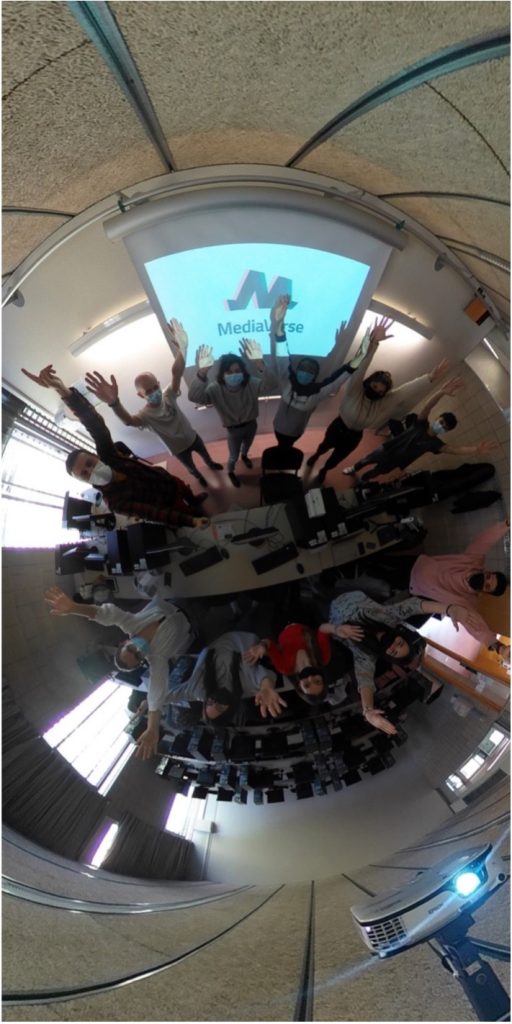
Want to learn more about MediaVerse’s use case 2 and its pilot projects? Click here.
